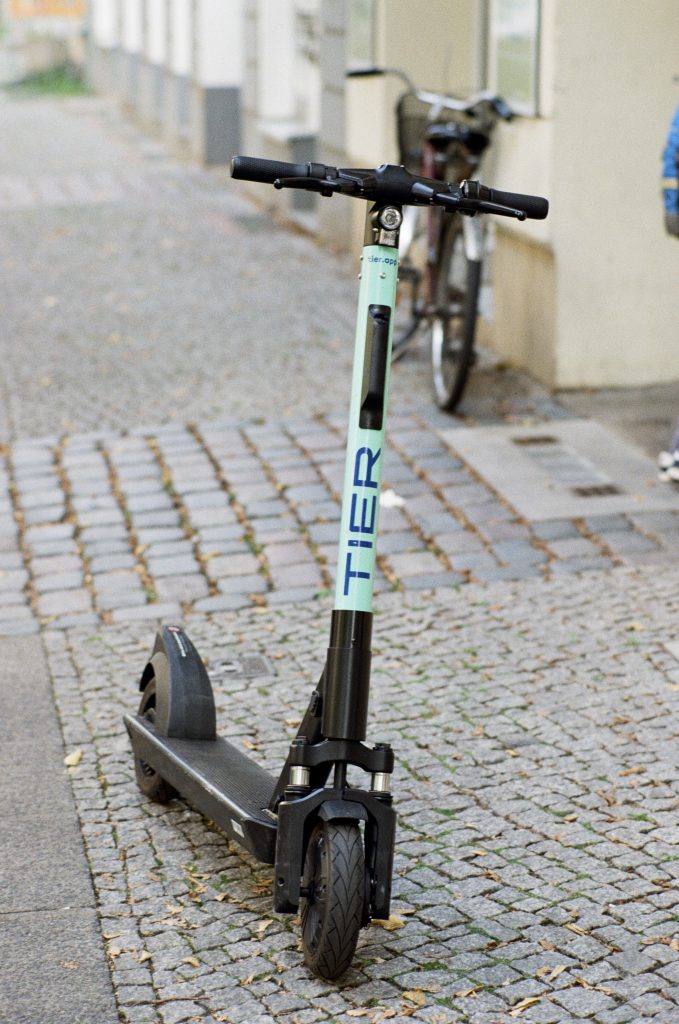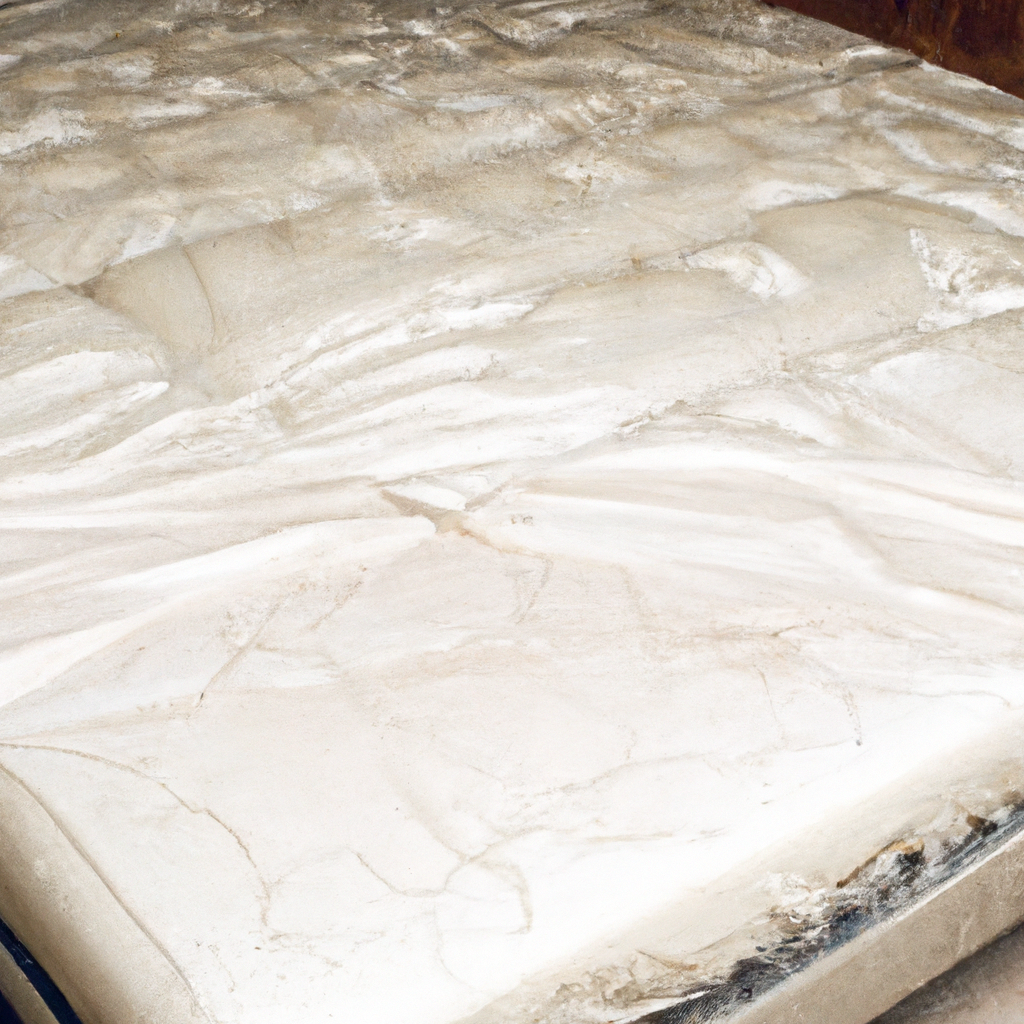Imagine waking up in the middle of the night, your heart racing as you feel the cold, dampness seep into your sheets. A wet mattress, ruined by an unexpected spill or an accident – a nightmare scenario we all dread. That’s where the trusty waterproof mattress protector comes to the rescue, providing an extra layer of defense against life’s little mishaps. But have you ever wondered if there might be any downsides to this seemingly perfect solution? In this article, we’ll explore the potential disadvantages of a waterproof mattress protector and give you a well-rounded perspective on this popular bedding accessory.
This image is property of images.unsplash.com.
Review contents
Odor and Allergies
Trapping of Moisture
A major disadvantage of a waterproof mattress protector is that it can trap moisture. The waterproof barrier prevents any liquid from seeping into the mattress, but it also prevents air circulation. This lack of airflow can lead to the accumulation of moisture, creating a damp environment. This dampness can create an ideal breeding ground for mold and mildew, which can cause unpleasant odors and potentially trigger allergies.
Accumulation of Dust Mites and Bacteria
The trapped moisture in a waterproof mattress protector can also lead to the accumulation of dust mites and bacteria. These microscopic organisms thrive in moist environments, and without proper air circulation, they can multiply rapidly. Dust mites are a common allergen and can cause itching, sneezing, and other allergy symptoms. Bacteria, on the other hand, can contribute to unpleasant odors and even pose a risk to our health. Therefore, a waterproof mattress protector can worsen allergies and create an unhygienic sleeping environment.
Heat and Breathability
Lack of Air Circulation
Another disadvantage of a waterproof mattress protector is the lack of air circulation it provides. The waterproof barrier prevents air from flowing freely through the mattress. This can lead to a buildup of heat, creating an uncomfortable sleeping surface. Without the ability to regulate temperature effectively, we may find ourselves waking up in the middle of the night feeling hot and sweaty.
Retention of Body Heat
In addition to the lack of air circulation, a waterproof mattress protector can also contribute to the retention of body heat. The impermeable nature of the protector creates a barrier between our bodies and the mattress, preventing heat from escaping. This can result in a bed that feels excessively warm and uncomfortable, especially during hot summer nights. The inability to dissipate body heat can disrupt sleep and cause discomfort.
Noise and Discomfort
Crinkling Sound
One of the most common complaints about waterproof mattress protectors is the crinkling sound they can make when we move around in bed. The waterproof layer often consists of materials like plastic or vinyl, which can produce a noisy sound whenever we shift positions. This constant crinkling can be disruptive to our sleep, as well as annoying for any sleeping partners. The noise can take away from the peaceful and silent environment we desire for a good night’s rest.
Plastic Sensation
The material used in waterproof mattress protectors can also create a plastic sensation that can feel uncomfortable against our skin. Some protectors can be stiff and rigid, causing a noticeable difference in the overall feel of the mattress. The plastic-like texture may not be as inviting or cozy, ultimately affecting our comfort and sleep quality. The lack of softness and plushness can make it harder to relax and unwind after a long day.
Lack of Softness
Apart from the plastic sensation, a waterproof mattress protector may also compromise the softness of our mattress. Many protectors alter the feel and texture of the mattress, leading to a less comfortable sleeping surface. The loss of softness can detract from the cozy and luxurious feel we expect from our bed. An uncomfortable mattress can result in a restless night’s sleep, leaving us feeling fatigued and groggy the next day.
Reduced Comfort
Change in Feel and Texture
With a waterproof mattress protector, there is often a noticeable change in the feel and texture of the mattress. The additional layer of protection can create a barrier between us and the mattress, altering the overall comfort level. Some protectors may make the mattress feel firmer, while others may introduce an unfamiliar texture that we are not accustomed to. These changes in comfort can make it more challenging to find a sleeping position that allows for optimal relaxation and support.
Less Coziness
The reduced coziness is another disadvantage of using a waterproof mattress protector. Many of us associate our bed with a sense of comfort and luxury. However, the addition of a waterproof protector can lessen the cozy and inviting feel we desire in a mattress. The diminished softness and altered texture can make our bed feel less welcoming and relaxing, which can ultimately impact our sleep quality and overall well-being.
Potential for Sweating
Due to the lack of breathability and heat retention, a waterproof mattress protector can contribute to increased sweating during sleep. Without proper airflow, our bodies may struggle to regulate temperature effectively, leading to excessive perspiration. Waking up drenched in sweat can be uncomfortable and disrupt our sleep. Sweating during sleep can also contribute to the growth of bacteria and the development of unpleasant odors, further compromising our sleep environment.
This image is property of images.unsplash.com.
Stains and Spills
Absorption of Liquid
While the primary purpose of a waterproof mattress protector is to repel liquids, it’s important to note that not all protectors are completely impermeable. Some liquids can still seep through over time, especially if the protector is not properly fitted or maintained. In such cases, the protector may absorb the liquid rather than repel it, potentially reaching the mattress and causing stains or damage.
Difficulty in Stain Removal
Even though a waterproof mattress protector is designed to protect against stains, it can still present challenges when it comes to stain removal. Depending on the material of the protector and the type of stain, certain cleaning methods may be ineffective or even damage the protector itself. This can make it more challenging and time-consuming to keep the mattress protector clean and in good condition.
Durability
Decreased Lifespan
Another disadvantage of a waterproof mattress protector is that it can contribute to a decreased lifespan of the mattress. The additional layer of protection can affect how the mattress conforms to our bodies and how it distributes weight. Over time, this can lead to uneven wear and tear, reducing the overall durability of the mattress. Constant use of a protector may prevent the mattress from fully adapting to our bodies, resulting in decreased comfort and support.
Wear and Tear
While a waterproof mattress protector serves its purpose in safeguarding the mattress, the protector itself can experience wear and tear over time. Regular use can cause the protective layer to stretch, tear, or lose its effectiveness. This can compromise the overall functionality and integrity of the protector, diminishing its ability to protect against spills, stains, and allergens.
This image is property of images.unsplash.com.
Maintenance
Difficult to Clean
Cleaning a waterproof mattress protector can be more challenging compared to regular mattress maintenance. Many protectors require specific cleaning instructions, such as spot cleaning or gentle machine wash. These extra steps can be time-consuming and inconvenient, especially if we need to clean the protector frequently. Additionally, not all protectors are machine-washable, requiring manual cleaning methods that may not be as effective in removing stains, odors, or allergens.
Non-Washable
In some instances, waterproof mattress protectors may not be washable at all. Certain protectors may be intended for single-use or disposable purposes, which means they cannot be cleaned and reused. This can result in additional expenses as we continuously need to purchase new protectors to maintain cleanliness and hygiene in our sleeping environment.
Limited Options for Care
While there are various methods and products available for cleaning traditional mattresses, the care options for waterproof mattress protectors may be more limited. Some cleaning agents or techniques that are typically safe for mattresses may not be suitable for the protector material, potentially causing damage or compromising the waterproof barrier. This can make it more challenging to effectively clean and maintain the protector, further reducing its longevity and functionality.
Fit and Coverage
Size Limitations
Waterproof mattress protectors may not provide a perfect fit for all mattress sizes. The protector may come in standard sizes that may not align with the exact dimensions of our mattress. This can result in a loose or ill-fitting protector, which can bunch up or shift during sleep. A poor fit can compromise the overall effectiveness of the protector, allowing liquids and allergens to reach the mattress and potentially cause damage.
Inability to Protect the Entire Mattress
Even with a properly fitted waterproof mattress protector, there may still be areas of the mattress that are not adequately covered. Some protectors may only cover the top surface of the mattress, leaving the sides, corners, or underside exposed. This limited coverage can leave these areas vulnerable to spills, stains, and allergen accumulation. Without full protection, we may still face the risk of damage and compromise to our mattress.
Chemical Exposure
Risk of Harmful Substances
Certain waterproof mattress protectors may contain chemicals such as phthalates, PVC, or flame retardants. These substances can pose potential health risks, particularly with long-term exposure. Phthalates, for example, have been linked to hormone disruption and adverse effects on reproductive health. PVC can release toxic fumes when heated, and flame retardants may contain harmful chemicals known as polybrominated diphenyl ethers (PBDEs). The presence of these substances in a waterproof mattress protector can raise concerns about chemical exposure during sleep.
Off-Gassing
Newly purchased waterproof mattress protectors may emit a noticeable odor known as off-gassing. This odor comes from the release of volatile organic compounds (VOCs) present in the protector’s materials. Off-gassing can be particularly strong when the protector is made of synthetic materials. While the odor may dissipate over time, it can be initially unpleasant and potentially contribute to respiratory or allergic reactions, especially for those sensitive to chemical odors.
Cost
Higher Price Point
Compared to regular mattress protectors, waterproof mattress protectors tend to come at a higher price point. The additional waterproof feature often adds to the manufacturing costs, which may be reflected in the final price. This higher cost can deter some individuals from investing in a waterproof protector, especially if they prioritize other factors such as comfort or breathability. The added expenses may not always justify the benefits for those who do not encounter frequent spills or moisture-related issues.
Additional Expenses
Along with the initial purchase price, there may be additional expenses associated with waterproof mattress protectors. For instance, if regular washing is not an option, we may need to purchase multiple protectors to have backups when one is being cleaned or replaced. Also, in case of accidental damage, repair or replacement of the protector can incur additional costs. These ongoing expenses can make waterproof protectors less cost-effective compared to other mattress protection options.
In conclusion, while waterproof mattress protectors offer protection against spills and stains, they come with several disadvantages. These include trapping moisture and promoting the accumulation of dust mites and bacteria, as well as hindering air circulation and retaining body heat. Additionally, they may create noise and discomfort due to their crinkling sound and plastic sensation, and they can reduce overall comfort and coziness. Stains and spills may still seep through, and removing stains can be a challenge. Waterproof protectors may also affect the durability of the mattress itself and require specific, sometimes limited, maintenance. They may have size limitations and be unable to protect the entire mattress surface. Furthermore, the presence of harmful substances and the potential for off-gassing raise health concerns. Lastly, the higher price point and possible additional expenses may make waterproof mattress protectors less appealing and cost-effective for some individuals. Considering these disadvantages, it is essential to carefully weigh the benefits and drawbacks before choosing a waterproof mattress protector for our sleeping environment.

























